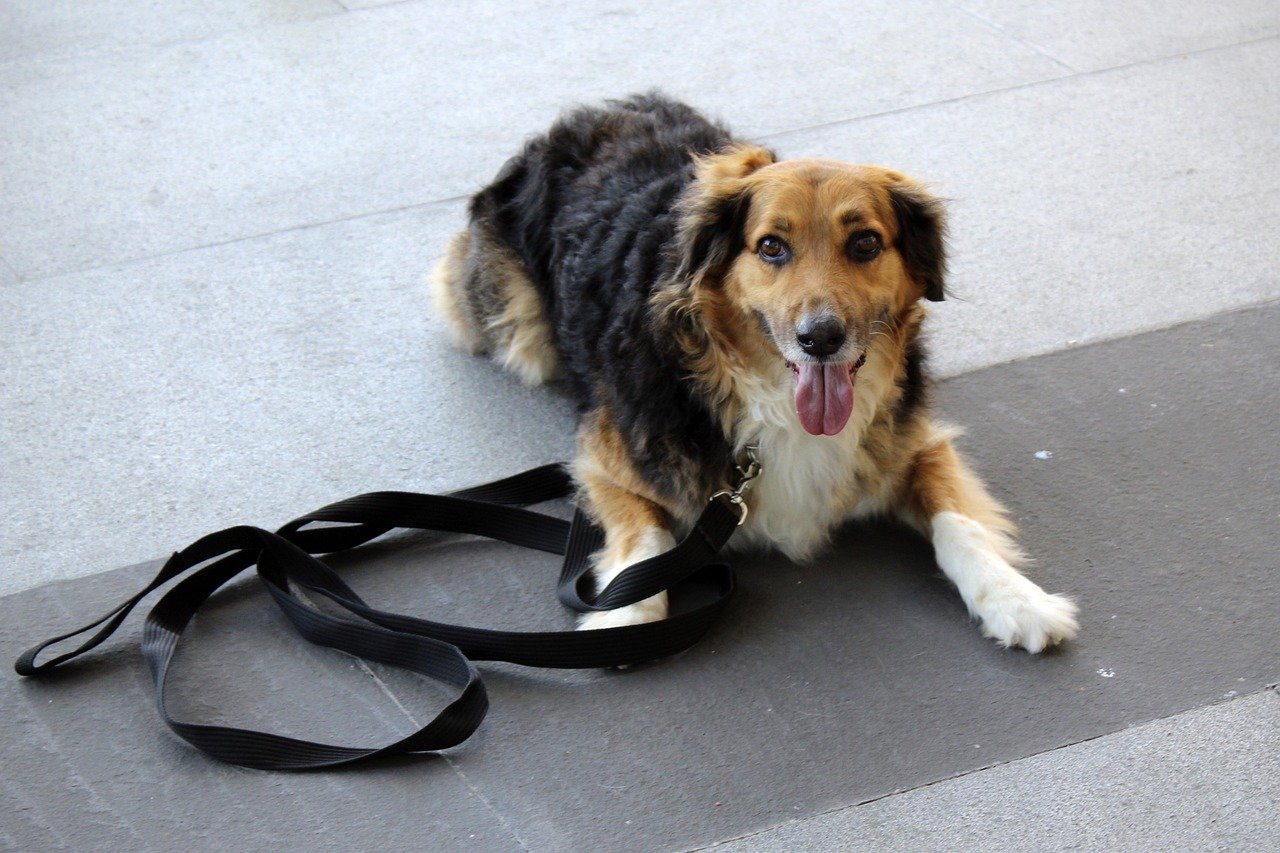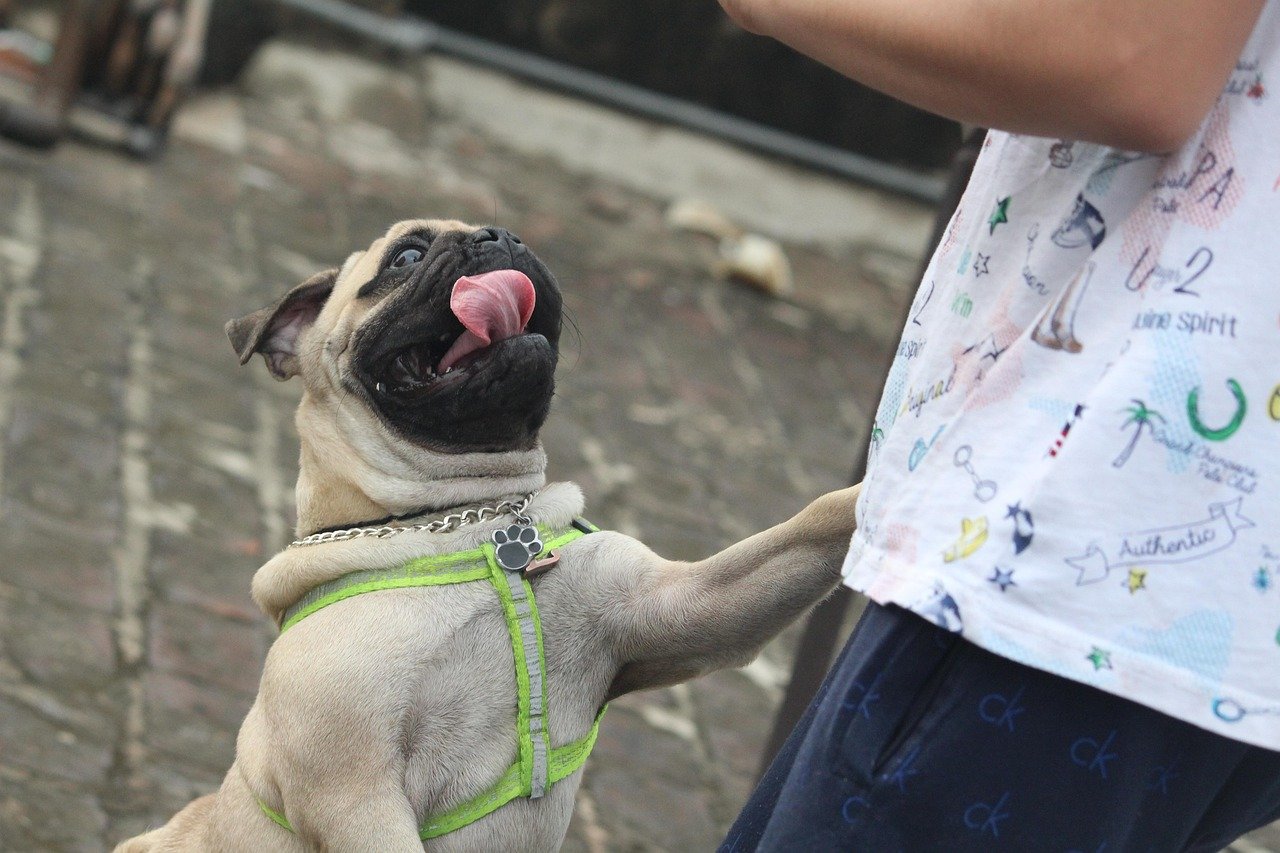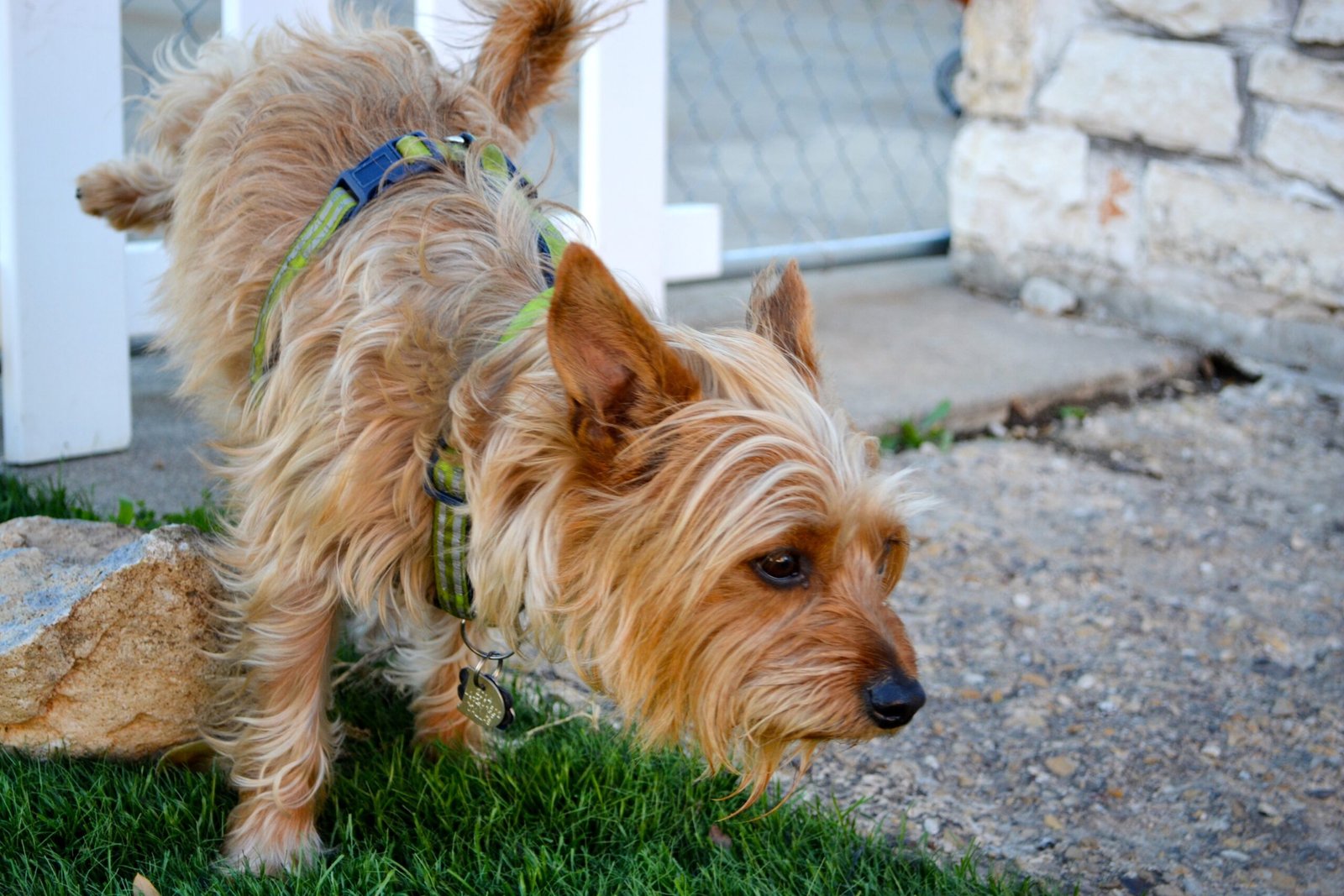Have you ever felt frustrated when your dog just won’t listen, no matter how many times you repeat yourself? You’re not alone. Many dog lovers have been there—wondering why their loyal companion suddenly acts out or ignores commands. But here’s a surprising truth: what looks like stubbornness or “bad behavior” is often your dog’s way of saying, “I’m overwhelmed!” Understanding these hidden cries for help can change the way you see your furry friend and deepen your bond in ways you never imagined.
Ignoring Commands
When your dog seems to completely tune you out, it’s easy to assume they’re being willfully disobedient. But often, ignoring commands is their way of coping with sensory overload. Maybe you’re at a crowded park, or there’s a thunderstorm rumbling outside—these situations flood your dog’s mind with too much information. Like a child who covers their ears in a noisy room, your dog simply can’t focus. They’re not ignoring you out of spite; they’re just trying to manage their stress. Next time your dog “zones out,” imagine yourself trying to concentrate in the middle of a rock concert. Their distraction is a silent plea for a break, not a test of your authority.
Pacing Back and Forth
A dog who paces isn’t just restless—they might be overwhelmed by their environment. This repetitive movement is a classic sign of anxiety. Think about how you might pace before a big presentation or a difficult conversation. For dogs, pacing helps release nervous energy and gives them a sense of control when everything feels chaotic. If you notice your pup walking a path along the hallway or circling the living room, they’re really saying, “I need help calming down.” Rather than scolding, offer a safe space or some quiet time.
Excessive Barking

Barking is one of the most misunderstood dog behaviors. While it’s tempting to call it “naughty” or “annoying,” excessive barking often means your dog is feeling overwhelmed. Maybe there are too many new faces, or the neighbor’s lawnmower is making a racket. Barking is their way of saying, “I can’t handle all this!” Imagine if you could only communicate your stress by shouting. It’s not about being defiant—it’s about being heard. Understanding this can help you comfort your dog instead of getting frustrated.
Refusing to Walk or Move

Have you ever had your dog freeze in place, refusing to budge no matter how much you coax? This isn’t stubbornness—it’s fear. Overwhelmed dogs sometimes “shut down” and become immobile, much like a person who feels paralyzed by anxiety. Loud noises, unfamiliar places, or too much commotion can trigger this reaction. Instead of dragging your dog along, pause and give them time to process. A gentle touch or soothing words can go a long way toward helping them regain confidence.
Chewing or Destroying Objects
Chewing up shoes, furniture, or even walls can look like classic disobedience. But for many dogs, destructive chewing is a desperate attempt to soothe their frazzled nerves. This behavior releases pent-up energy and provides comfort, especially when they’re left alone or bombarded with new experiences. Think of it as their version of stress-eating or fidgeting with a pen. Providing appropriate chew toys and a calm environment can help—punishment will only add to their overwhelm.
Hiding or Retreating
If your dog ducks under the bed or hides behind furniture, you might worry they’re avoiding you on purpose. In reality, hiding is a natural response to feeling overwhelmed. Dogs seek out small, enclosed spaces to make themselves feel safe, much like a child pulling the covers over their head during a thunderstorm. It’s not about being aloof or stubborn—it’s about self-preservation. Respect their need for a safe haven and let them emerge when they’re ready.
Snapping or Growling

One of the most alarming “disobedient” behaviors is growling or snapping. But before you assume your dog is being aggressive, consider the possibility that they’re overwhelmed and scared. This is often their last resort when earlier signals—like turning away or licking their lips—go unnoticed. Growling is a warning: “I need space!” Forcing interaction or punishment can make things worse. Instead, give your dog room to breathe and pay attention to what triggered their discomfort.
Jumping Up on People

Jumping up is usually seen as overexcitement or lack of manners. But for some dogs, it’s a frantic attempt to seek comfort or reassurance when everything feels too much. Imagine being small in a world full of towering humans—jumping up is their way of saying, “Notice me! Help me feel safe!” While it’s important to teach polite greetings, recognize when jumping is a signal of overwhelm rather than disobedience. Offering calm attention or redirecting their energy can help.
Overly Clingy Behavior
Some dogs stick to their owners like Velcro, shadowing every move. While this can be endearing, it’s often a sign they’re feeling insecure or overwhelmed. Clinginess is their way of seeking protection from a world that feels unpredictable. If you leave the room and they whine or scratch at the door, it’s not about controlling you—it’s about needing stability. Building their confidence with gentle independence training can gradually ease their worries.
Loss of Toilet Training

Accidents in the house are frustrating, especially if your dog was previously well-trained. But before you jump to conclusions, consider that stress and overwhelm can cause regression. Just like people might forget things under pressure, dogs can lose control when their minds are overloaded. New routines, guests, or changes in the household can all trigger this. Instead of scolding, focus on creating a predictable, comforting environment to help them get back on track.
Excessive Licking or Grooming

If your dog suddenly starts licking their paws or grooming themselves obsessively, it’s easy to assume they’re just being fussy. In reality, repetitive licking is a common stress response. It’s a self-soothing behavior, much like humans biting their nails when anxious. Dogs use licking to calm their nerves when the world feels overwhelming. Watch for this subtle sign and try to identify any changes or stressors in their environment. Sometimes, all they need is a little extra love and reassurance.
When you start to see these behaviors through new eyes, everything changes. Recognizing the signs of overwhelm is the first step toward helping your dog feel safe, heard, and truly understood. Isn’t it amazing how much closer we become when we finally listen to what our dogs are really trying to say?

Born and bred in South Africa, a Capetonian at heart. Amy-Leigh’s love for nature and animals was inherited from her Dad. He loves taking the family on road trips to experience nature at its finest; Amy-Leigh’s favourite being whale watching in Hermanus and spotting Kudu along the West Coast. Amy-Leigh holds a BA in English Literature and Communication Studies.






